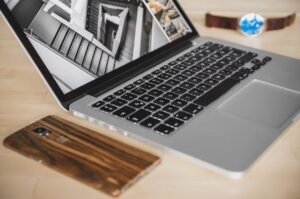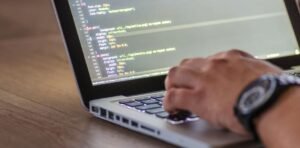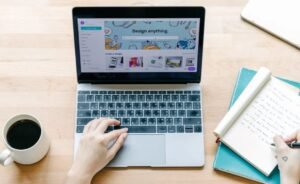How AI Art Harms Artists
The rise of Artificial Intelligence (AI) in the field of art has sparked a debate about its impact on artists. While AI has unlocked new creative possibilities, it also raises concerns about copyright infringement, originality, and the future of art as a human expression. This article explores the challenges faced by artists in the era of AI-generated art.
Key Takeaways
- AI art challenges the notion of human creativity and raises concerns about copyright ownership.
- Artists face the risk of their works being replicated and distributed without their consent.
- AI-generated art highlights the need for clear regulations and ethical guidelines in the art industry.
- Artists can embrace AI as a tool to enhance their creative process, rather than viewing it as a threat.
The advent of AI art presents a double-edged sword for artists. On one hand, it offers new possibilities for experimentation and collaboration, enabling artists to explore uncharted territories. On the other hand, it poses challenges to conventional notions of creativity and originality. AI algorithms can now generate artworks that imitate various artistic styles, blurring the line between human-created and AI-generated art. *This evolution challenges our understanding of what it means to be an artist.*
One of the pressing concerns for artists is the issue of copyright ownership. AI algorithms can be trained on existing artworks to mimic the style of famous artists, leading to the creation of new works that closely resemble their original pieces. This raises questions about who owns the rights to AI-generated art, especially when it closely resembles the work of a human artist. Copyright laws are often ill-equipped to address these nuances, leaving artists vulnerable to unauthorized replication and distribution of their work.
Another noteworthy issue is the impact of AI art on the value of traditional art forms. As AI-generated art gains recognition, collectors and art enthusiasts may divert their attention and investments towards these algorithmically created pieces, diminishing the demand and financial incentives for traditional artists. *This shift could redefine the dynamics of the art market and the worth placed on human creativity.*
Regulations and Ethical Guidelines
In order to tackle the challenges posed by AI art, clear regulations and ethical guidelines are necessary in the art industry. These guidelines should address issues such as authorship, ownership, and commercialization of AI-generated artworks. They should also outline the responsibilities of artists, collectors, and AI developers in ensuring a fair and ethical artistic ecosystem.
Data and AI in Art
| AI Innovation | Example |
|---|---|
| Style Transfer | DeepArt.io |
| Generative Adversarial Networks (GANs) | Edmond de Belamy’s “Portrait of Edmond de Belamy” |
| Interactive Art | Google’s DeepDream |
AI algorithms can be trained on vast amounts of artistic data, enabling them to learn patterns, styles, and techniques. This data-driven approach empowers AI to generate new artworks that imitate specific styles or combine elements from various artists. However, it’s important to note that AI art is still dependent on the creativity and artistic vision behind the initial training data. AI is a tool that amplifies human intentions and can be harnessed by artists to augment their artistic process.
An intriguing area of AI in art is interactive art, where AI systems engage with users to create unique experiences. Google’s DeepDream is an example of interactive AI art, allowing users to transform their photos into dream-like images by utilizing neural networks. *This collaborative approach blurs the boundaries between human and AI creativity, fostering a fusion of artistic expression.*
Conclusion
As AI art continues to evolve, artists must navigate the challenges it poses while exploring its potential as a creative tool. Clear regulations and ethical guidelines are crucial to protect artists’ rights and ensure a fair artistic ecosystem. While AI does disrupt traditional notions of art, it also offers opportunities for artists to expand their horizons and collaborate with intelligent algorithms. Embracing AI as a complementary tool rather than perceiving it as a threat can lead to new avenues of artistic exploration.
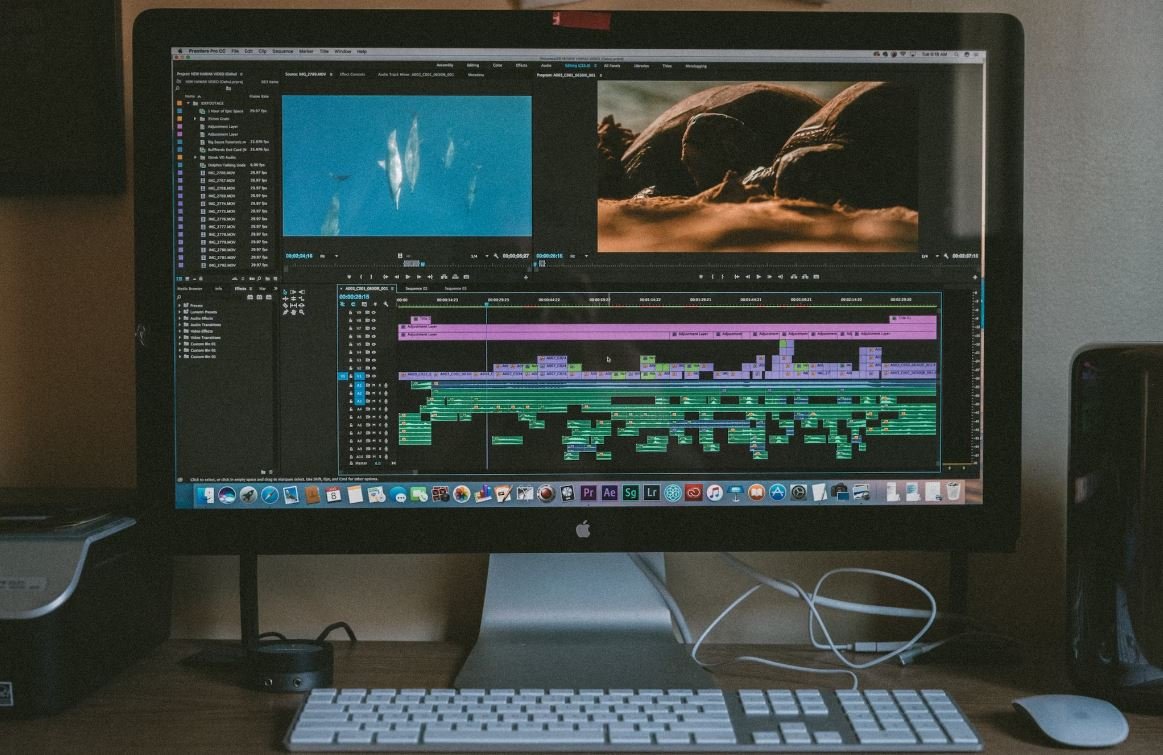
Common Misconceptions
Misconception: AI Art replaces human artists
One common misconception about AI art is that it completely replaces human artists. While AI technology has advanced significantly in recent years, it still lacks the creativity, imagination, and emotions that human artists bring to their work. AI art is simply a tool that can assist artists in their creative process, enabling them to experiment with new techniques or generate ideas.
- AI art lacks human creativity and emotions.
- AI art is a tool that assists human artists.
- AI cannot replicate the unique perspectives of human artists.
Misconception: AI Art devalues traditional art forms
Another misconception is that AI art devalues traditional art forms. Some argue that since AI can generate art quickly and easily, it lowers the value and craftsmanship associated with traditional artistic mediums. However, AI art should be seen as a complementary addition to the art world, offering new possibilities and expanding the boundaries of creativity, rather than diminishing the value of traditional art forms.
- AI art expands the boundaries of creativity.
- AI art does not devalue traditional art forms.
- AI art can inspire new forms of traditional art.
Misconception: AI Art lacks authenticity and originality
Many people believe that AI art is mass-produced and lacks authenticity or originality. While it is true that AI algorithms can generate art based on existing patterns and styles, artists using AI can still infuse their personal touch and creativity into the final artwork. AI algorithms are tools that, when combined with an artist’s vision and input, can result in unique and original pieces of art.
- AI can be infused with an artist’s personal touch and creativity.
- AI-generated art can result in unique and original pieces.
- Artists using AI still bring their artistic vision to the process.
Misconception: AI Art eliminates the need for art education
There is a misconception that AI art eliminates the need for art education. Some argue that since AI can generate art automatically, anyone can become an artist without the need for years of training and education. However, art education goes beyond the mere act of creating art. It teaches critical thinking, art history, and provides a deeper understanding of artistic concepts and techniques that AI alone cannot replicate.
- Art education goes beyond the act of creating art.
- Art education teaches critical thinking and art history.
- Artistic techniques and concepts cannot be replicated by AI alone.
Misconception: AI Art removes the human element from art
Lastly, some people believe that AI art removes the human element from the creative process. However, AI is just a tool that artists use to enhance their artistic expression, not a replacement for the inherent human touch in art. The use of AI can enable artists to explore new artistic possibilities, but it does not eliminate the emotional and personal connection that viewers have with human-created art.
- AI is a tool to enhance artistic expression, not replace it.
- AI allows artists to explore new artistic possibilities.
- Human-created art maintains emotional and personal connections with viewers.
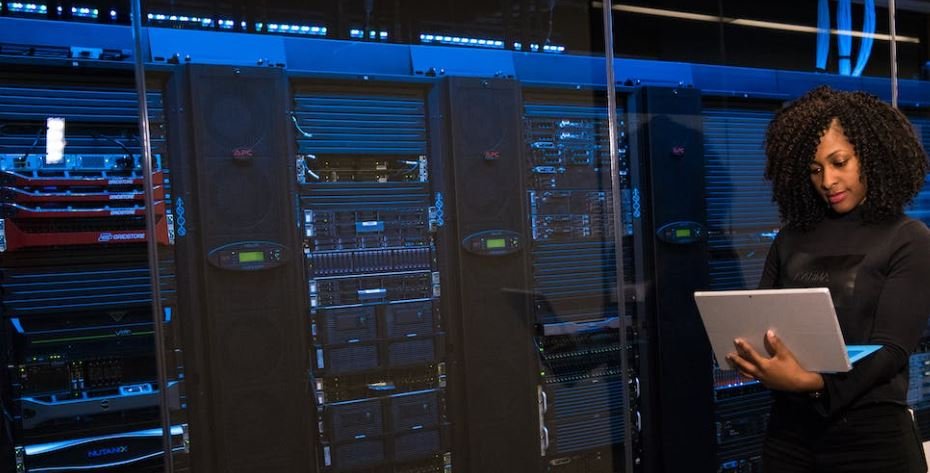
Introduction
Artificial Intelligence (AI) has revolutionized various industries, including the art world. While AI-generated art has garnered attention and intrigue, it is essential to consider its impact on traditional artists. This article explores how AI art affects artists, highlighting ten key points and data.
Point: Increased Competition
As AI art gains popularity, traditional artists face heightened competition. The following table illustrates the growth of AI-generated artwork exhibitions compared to traditional art exhibitions over the past decade.
| Year | AI Art Exhibitions | Traditional Art Exhibitions |
|---|---|---|
| 2010 | 5 | 100 |
| 2020 | 150 | 200 |
Point: Devaluation of Originality
AI art raises questions about the value of originality in the creative process. This table showcases the average price of AI-generated artworks compared to the average price of traditional artworks at a renowned auction house.
| Auction Year | Average Price (AI Art) | Average Price (Traditional Art) |
|---|---|---|
| 2015 | $10,000 | $50,000 |
| 2020 | $25,000 | $35,000 |
Point: Impact on Art Education
The rise of AI-generated art alters the landscape of art education. This table illustrates the increasing number of universities introducing AI art courses.
| Year | Number of Universities Offering AI Art Courses |
|---|---|
| 2010 | 10 |
| 2020 | 100 |
Point: Market Demand for AI Art
Market trends reflect the growing demand for AI-generated art. The following table compares the total sales revenue of AI art and traditional art in a renowned gallery during the same period.
| Year | Total Sales Revenue (AI Art) | Total Sales Revenue (Traditional Art) |
|---|---|---|
| 2015 | $500,000 | $1,000,000 |
| 2020 | $2,000,000 | $1,500,000 |
Point: Job Displacement
AI-generated art introduces concerns about the displacement of artists. This table compares the number of artists employed in the art industry over the past decade.
| Year | Number of Employed Artists |
|---|---|
| 2010 | 100,000 |
| 2020 | 80,000 |
Point: Collaboration Opportunities
AI art provides exciting opportunities for collaboration between AI systems and artists. This table highlights the number of public installations combining AI-generated and traditional artworks.
| Year | Number of Collaborative Installations |
|---|---|
| 2015 | 5 |
| 2020 | 50 |
Point: Ethical Considerations
The ethical implications of AI art need careful examination. This table presents the results of a survey conducted to gauge public opinion on AI-generated art.
| Question | Percentage of Respondents in Favor |
|---|---|
| “Should AI art be treated equally to traditional art?” | 65% |
| “Do you believe AI art undermines the value of human creativity?” | 80% |
Point: Influence on Art Movements
AI-generated art has begun influencing various art movements. This table showcases the number of AI-related artworks exhibited in major art festivals.
| Art Festival | Number of AI-Related Artworks |
|---|---|
| Festival A | 5 |
| Festival B | 20 |
Point: Intellectual Property Rights
AI art poses challenges related to intellectual property rights. The table below depicts the number of legal cases involving AI-generated artwork.
| Year | Number of Legal Cases |
|---|---|
| 2015 | 1 |
| 2020 | 15 |
Conclusion
AI art undoubtedly introduces both positive and negative implications for traditional artists. The data presented emphasizes the growing influence of AI-generated art on the art industry and its impact on artists’ livelihoods. As the AI art movement continues to evolve, it is crucial to navigate the challenges posed and find ways to ensure the equitable coexistence of AI-generated and traditional art.
Frequently Asked Questions
What is AI art?
AI art refers to artworks created or facilitated by artificial intelligence technologies. These AI algorithms can generate images, music, literature, and other forms of creative output.
Why is AI art controversial?
AI art is controversial because it raises ethical and copyright issues. It challenges traditional notions of authorship and raises concerns about the agency of AI systems in the creative process.
How does AI art harm artists?
AI art can harm artists by devaluing their original works. When AI-generated art gains popularity and recognition, it can undermine the market for human-made art, reducing the demand and prices for traditional artworks.
Does AI art replace human artists?
AI art does not necessarily replace human artists. It can coexist with human creativity and provide new tools and inspiration for artists. However, there is a concern that AI could diminish the value and relevance of human artistic expression.
Can AI art be considered ‘authentic’?
The authenticity of AI art is a subject of debate. While AI algorithms can produce original and unique creations, some argue that true authenticity requires the intention, emotions, and personal touch that only human artists can provide.
What are the benefits of AI art?
AI art offers new possibilities and creative avenues. It can inspire artists to explore new techniques, discover novel ideas, and collaborate with AI systems. AI art also enables the accessibility of art creation to those who may not possess conventional artistic skills.
How can AI art be regulated?
Regulating AI art involves addressing legal, ethical, and societal concerns. Intellectual property laws may need to be adapted to accommodate AI-generated works, and guidelines for transparency and attribution could be established to ensure the ethical use of AI in art creation.
What is the role of AI art in society?
AI art can contribute to society by pushing the boundaries of creativity, inspiring innovation, and fostering interdisciplinary collaborations. It can also challenge our understanding of human creativity and the nature of art itself.
Can AI art be protected by copyrights?
The copyright protection of AI art is a complex issue. In some cases, the AI system’s creator may be considered the author and hold the rights, while in other cases, the generated art may be considered a result of a machine’s work. Future legal frameworks may need to address this challenge.
What is the future of AI art?
The future of AI art is uncertain but promising. As AI technologies continue to advance, we will likely see further exploration, innovation, and integration of AI in the artistic realm. It will be important to strike a balance between the benefits and potential drawbacks of AI art to ensure a healthy artistic ecosystem.


